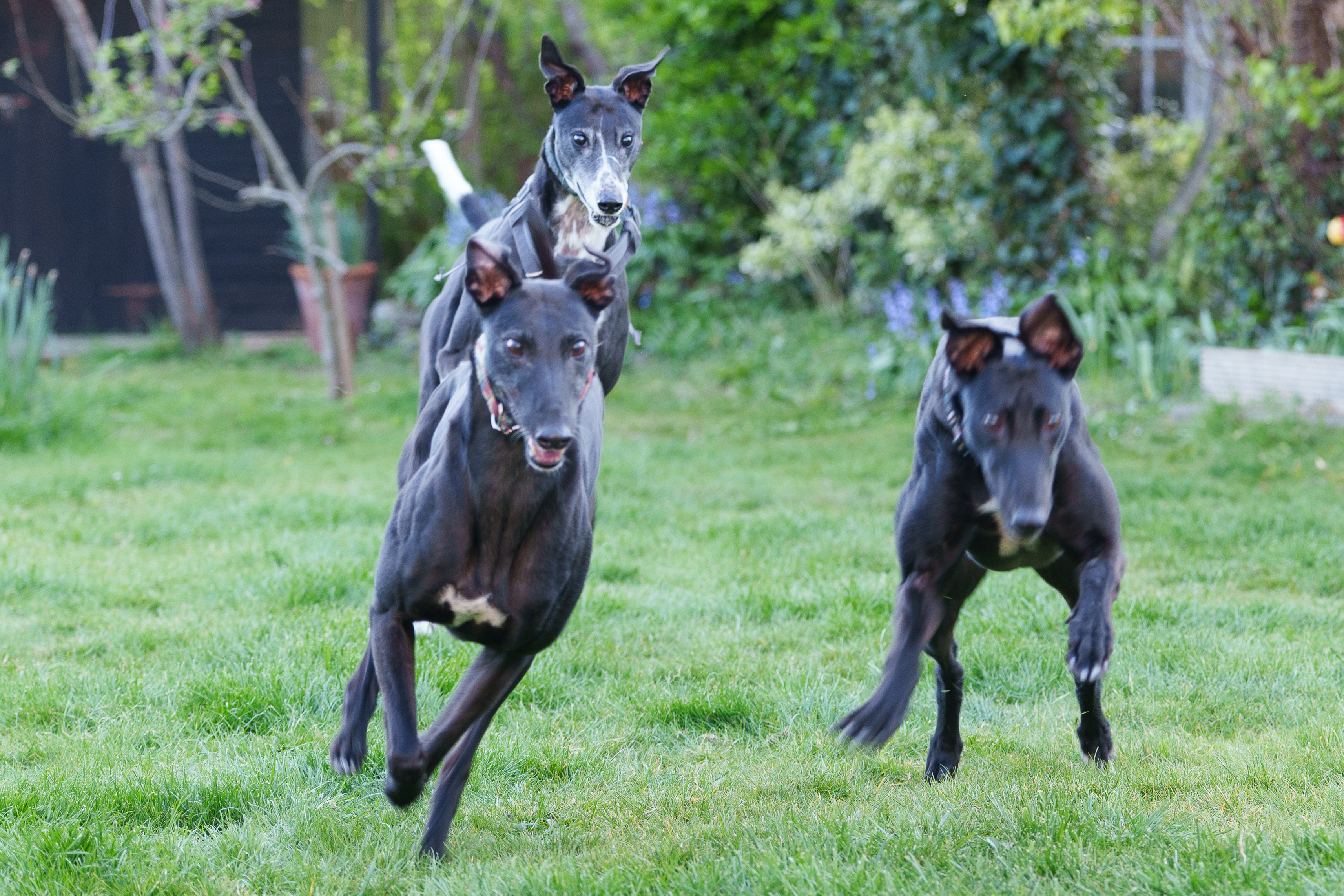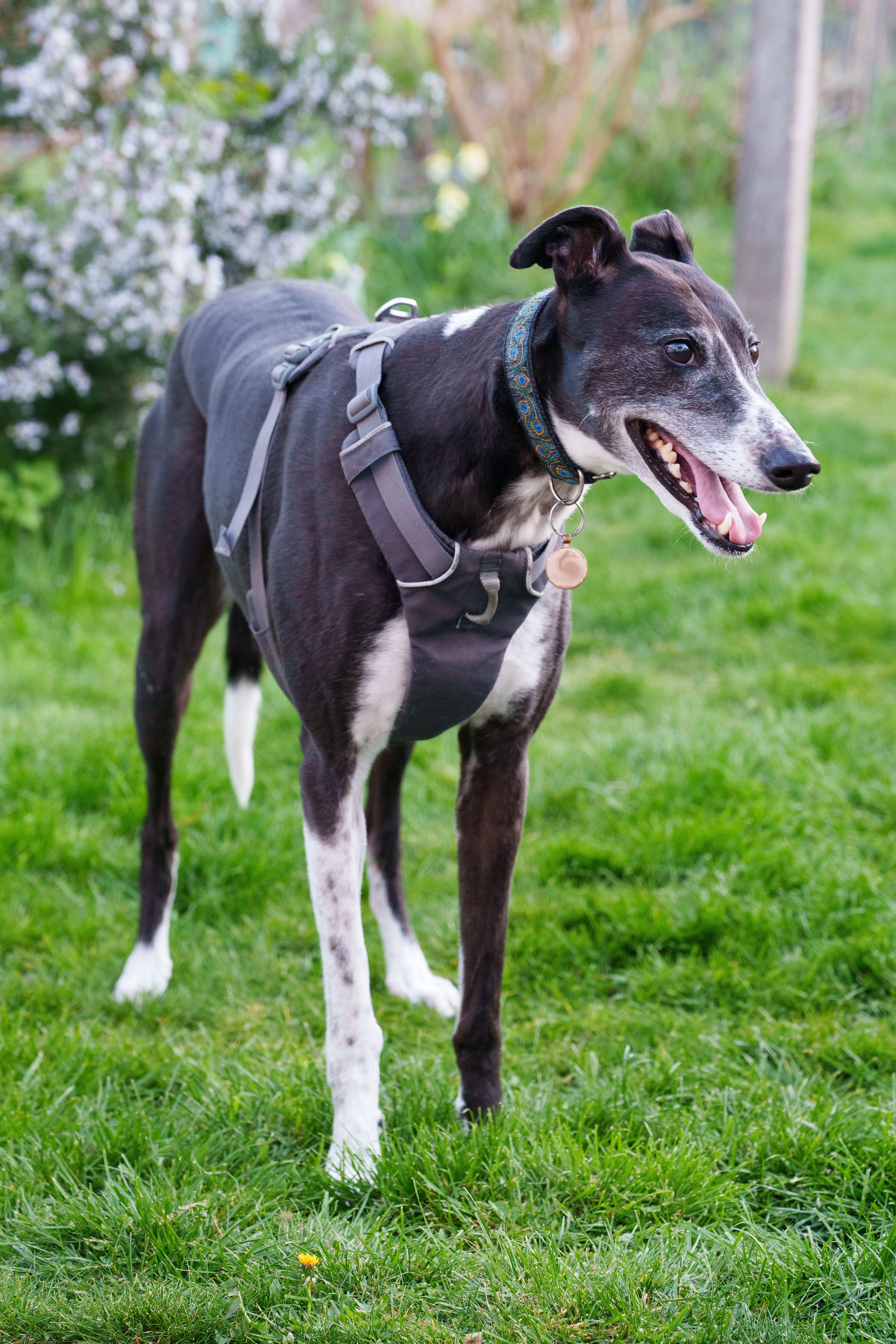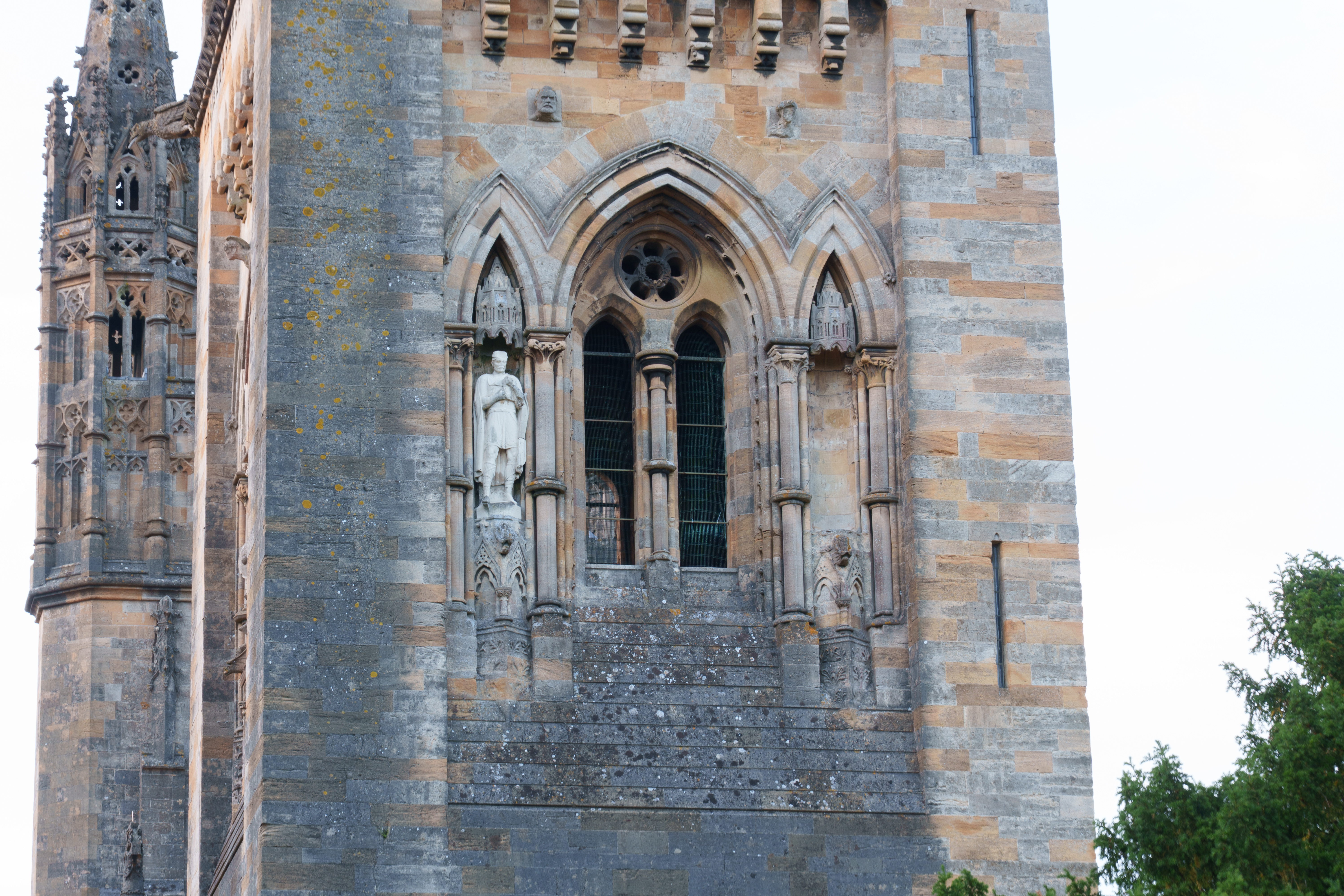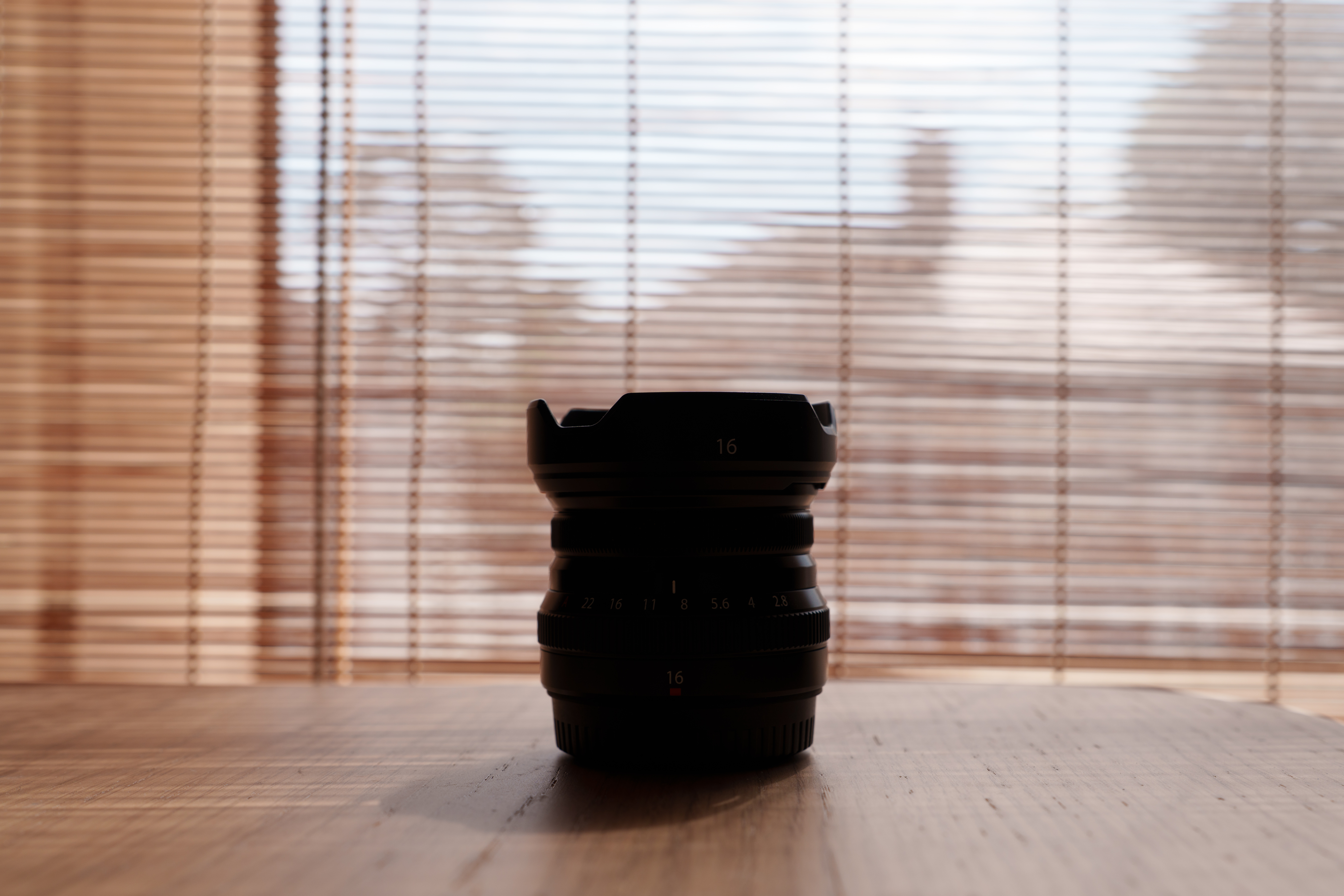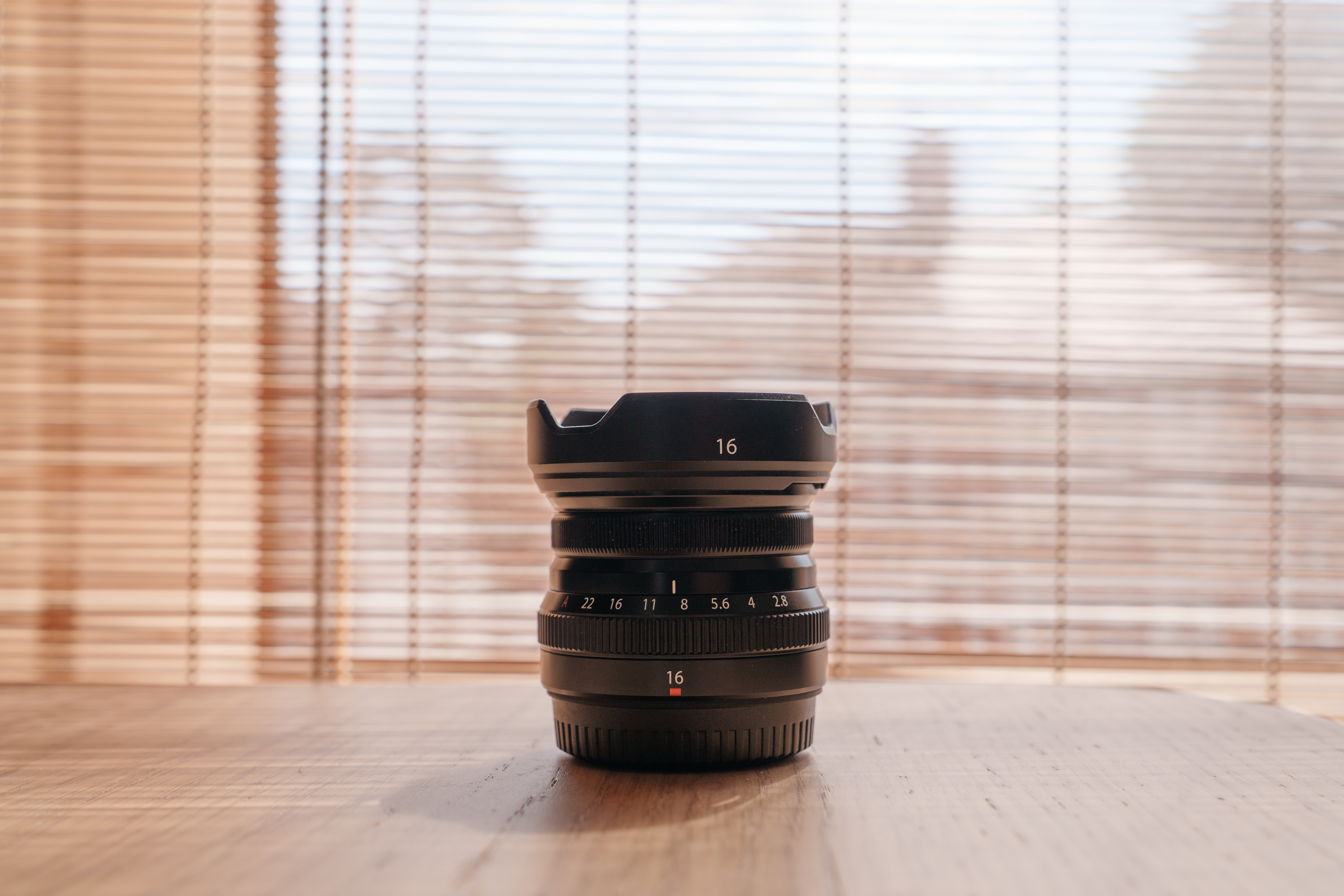Tom's Guide Verdict
The Sony A7R V is an epic full frame hybrid with enough resolution to retire on. Stills are, as you can imagine, beautiful, combined with Sony’s vaunted AF and stabilization. And there’s some chunky video specs to boot. The AF isn’t quite as reliable as Canon’s latest system on the EOS R5 Mark II, but the A7R V comes in at a noticeably cheaper price, so swings and roundabouts. If you need an all-round professional hybrid with extreme resolution and the versatility of Sony’s full frame E-mount, the A7R V is an easy recommendation.
Pros
- +
61MP sensor
- +
Strong AF
- +
Effective IBIS
- +
9.44M-dot EVF
- +
CFExpress Type A ports
Cons
- -
AF struggled with fast animals
- -
Power-hungry EVF
Why you can trust Tom's Guide
The Sony A7R V is the high resolution variant of the standard Alpha 7 line, designed to provide a balance of resolution, professional performance and comparative affordability.
I say ‘comparative’ because the A7R V is still a very expensive camera, but retails for around half the price of Sony’s flagship professional body, the Sony A1 II — a camera designed for no compromises at all, regardless of genre, stills or video.
The A7R V is intended for hybrid professionals who don’t need the blistering shooting and processing speeds of the A1 II or A9 III, but who still need an incredible all-rounder — with 61MP delivering super sharp results for large format printing or extreme cropping flexibility.
I’m no stranger to Sony’s Alpha 7 cameras, having owned two personally and tested more, including the A7R V’s little sibling, the A7CR — essentially the compact variant. I loved the A7CR, but disliked some of the drawbacks made to achieve its über compact form.
Happily, the A7R V rectifies virtually all of those, but does it do enough to best its chief rival, and one of the best mirrorless cameras around, the Canon EOS R5 Mark II? Find out in my full Sony A7R V review.
Sony A7R V review: Specs
Sensor | 61MP Full frame |
Processor | BIONZ XR |
Stabilization | 5-Axis, 7.0 stops |
AF System | 693-point Hybrid AF |
Viewfinder | 0.64-inch Quad-XGA OLED, 9.44m dots |
Display | 3.2-inch tilting TFT, 2.09m dots |
ISO range | ISO50-102,400 |
Max video resolution | 8K/30p |
Ports | 2x Multi-port — CFExpress Type A & SD/SDHC/SDXC UHS-II. |
Wireless connectivity | Yes |
Max shooting speed | 10fps |
Max shutter speed | 1/8,000 sec |
Battery life (CIPA) | 440 frames |
Size | 5.25 x 3.87 x 3.25 inches |
Weight | 1.6lbs |
Sony A7R V review: Price & availability
The Sony A7R V costs $3,900 / £3,327 at Amazon. It’s pricey, although par for the course for top-tier professional bodies.
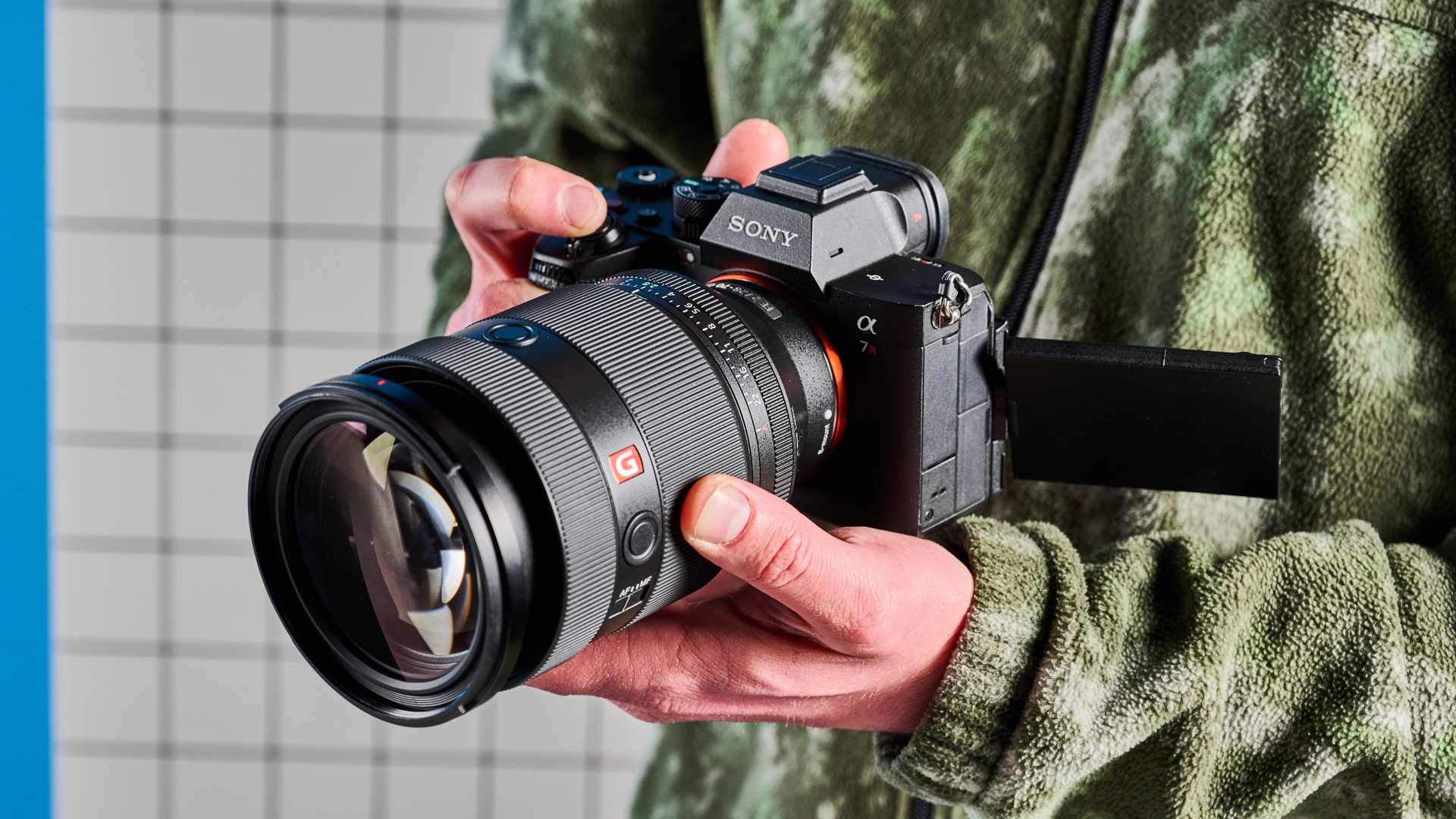
The 45MP Canon EOS R5 Mark II is the A7R V’s closest competitor and is a little pricier at $4,299. The Canon (just about) edges the A7R V in terms of AF performance, and for pros that could be worth the extra $400 spend. The Nikon Z8, also 45MP, is the other main competitor, offering fewer megapixels than the Sony, but packing more powerful video specs, including RAW internal recording up to 8K/60P.
Get instant access to breaking news, the hottest reviews, great deals and helpful tips.
Where the Sony E-Mount system has a leg up on Canon’s RF and Nikon’s Z mounts is glass. Sony opened its mirrorless mount to third-party lens manufacturers a long time ago, so there’s a plethora of professional AF lenses available at a range of price points — although older DSLR lenses can be used via mount adapters on both the Canon RF and Nikon Z mounts.
Sony A7R V review: Design & controls
Surprise, surprise: the Sony A7R V looks pretty much identical to every other Alpha 7 camera, albeit a bit deeper than non-R versions like the Sony A7IV. Build quality is as you’d expect from Sony: exquisite. As such, the camera is heavy, at over 1.6lbs. It’s large, too, at 5.25 x 3.87 x 3.25 inches.
That said, it’s never a difficult camera to wield, thanks to an ergonomic sculpted grip, the ubiquitous grippy faux leather, plus chunky dials. I always use an extra long neck strap to sling cameras over an opposing shoulder instead of suspending them from my neck, making heavier bodies especially much easier to carry. I took the A7R V on an 8.5-mile mountain hike, ascending 3,330 feet, and it gave me very little trouble.
Controls
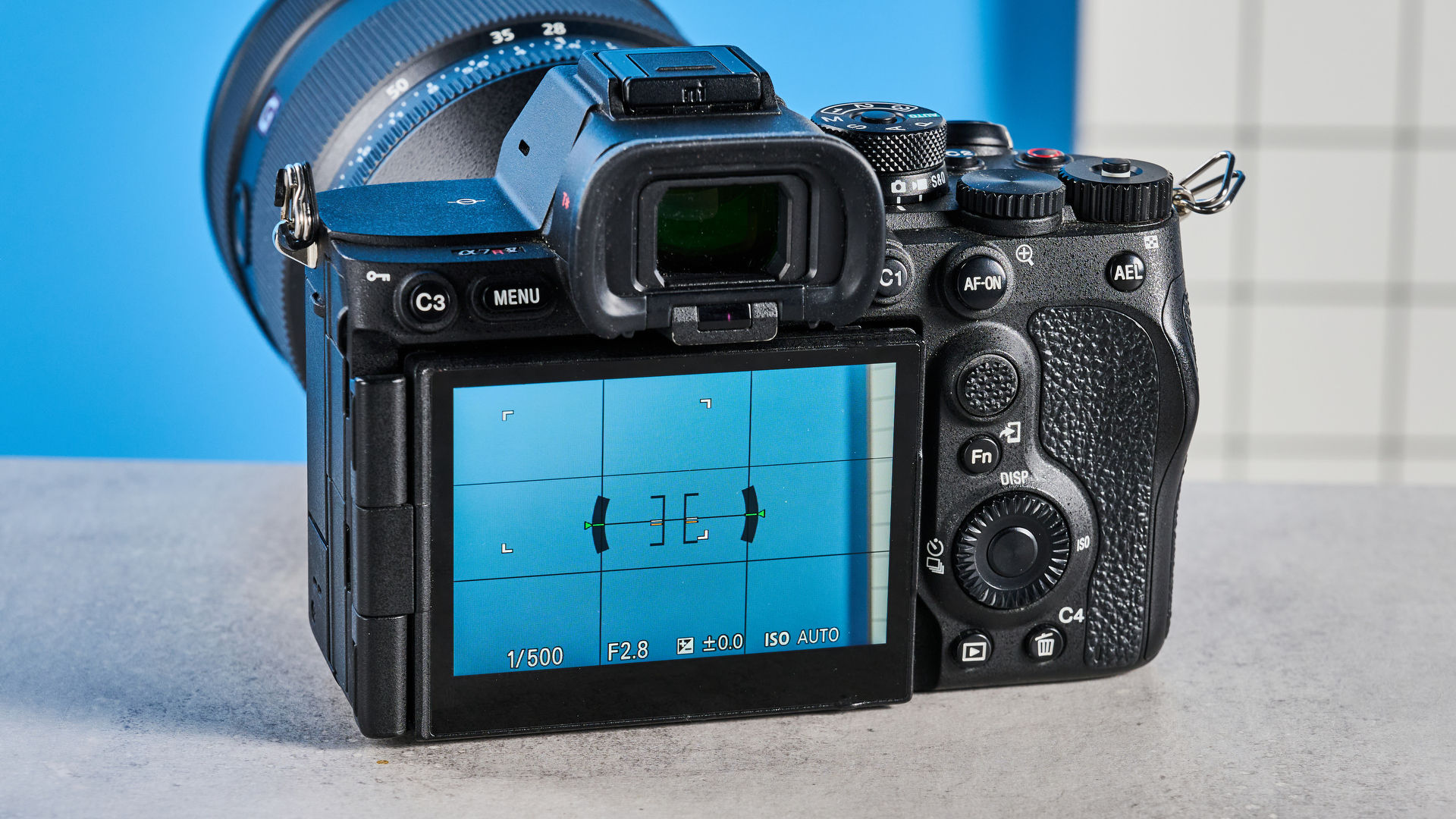
The A7R V is laid out like a true professional body. That is to say: there are as many function buttons and customizable dials as you’ll ever need, with pretty much everything on the top and rear panels being re-assignable. In addition to the default Manual mode, there are three custom modes, so you have four sets of custom maps to play with.
That means you can set the camera up according to your preference, with different custom maps for specific genres or situations. All this makes shooting with the A7R V in anger a seamless experience, and lowers the likelihood of missing a shot when you need to switch settings quickly.
Personally, I would’ve liked an Fn button inside the grip recess, like the two found on the Fujifilm GFX100 II ($7,499), but that’s splitting hairs.
Menu
Sony’s menu system is one of the better out there — much better than Fujifilm and Nikon, in my opinion — but isn’t quite as intuitive as Canon’s. Like any menu system in this day and age, though, once you’re used to it, you won’t have any issues.
Displays
One of my chief gripes with the Sony A7C R ($2,999) is its comparatively low resolution viewfinder. At 2.35M dots, it wasn’t able to do justice to the 61MP sensor.
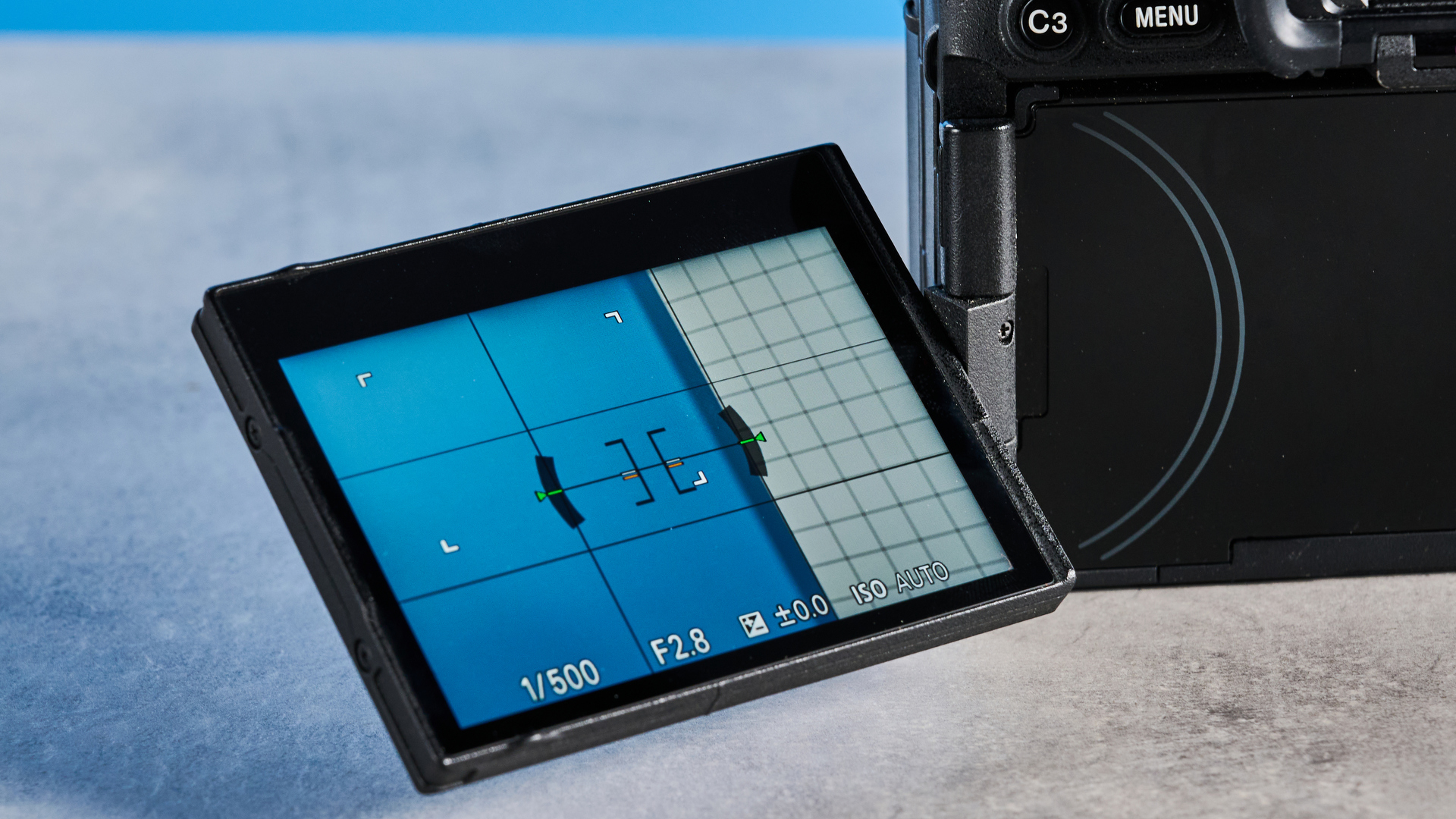
Thankfully, the A7R V features a 9.44M-dot XGA OLED EVF — the same as the one on the pricier Sony A1 II — which is gloriously sharp, and great for extensive focus checking of the highly detailed 61MP images. It features a 120fps frame rate for a smooth experience.
The rear screen is a 2.09M-dot vari-angle LCD. It’s bright enough for use in direct sunlight, but isn’t anything to write home about.
Connectivity
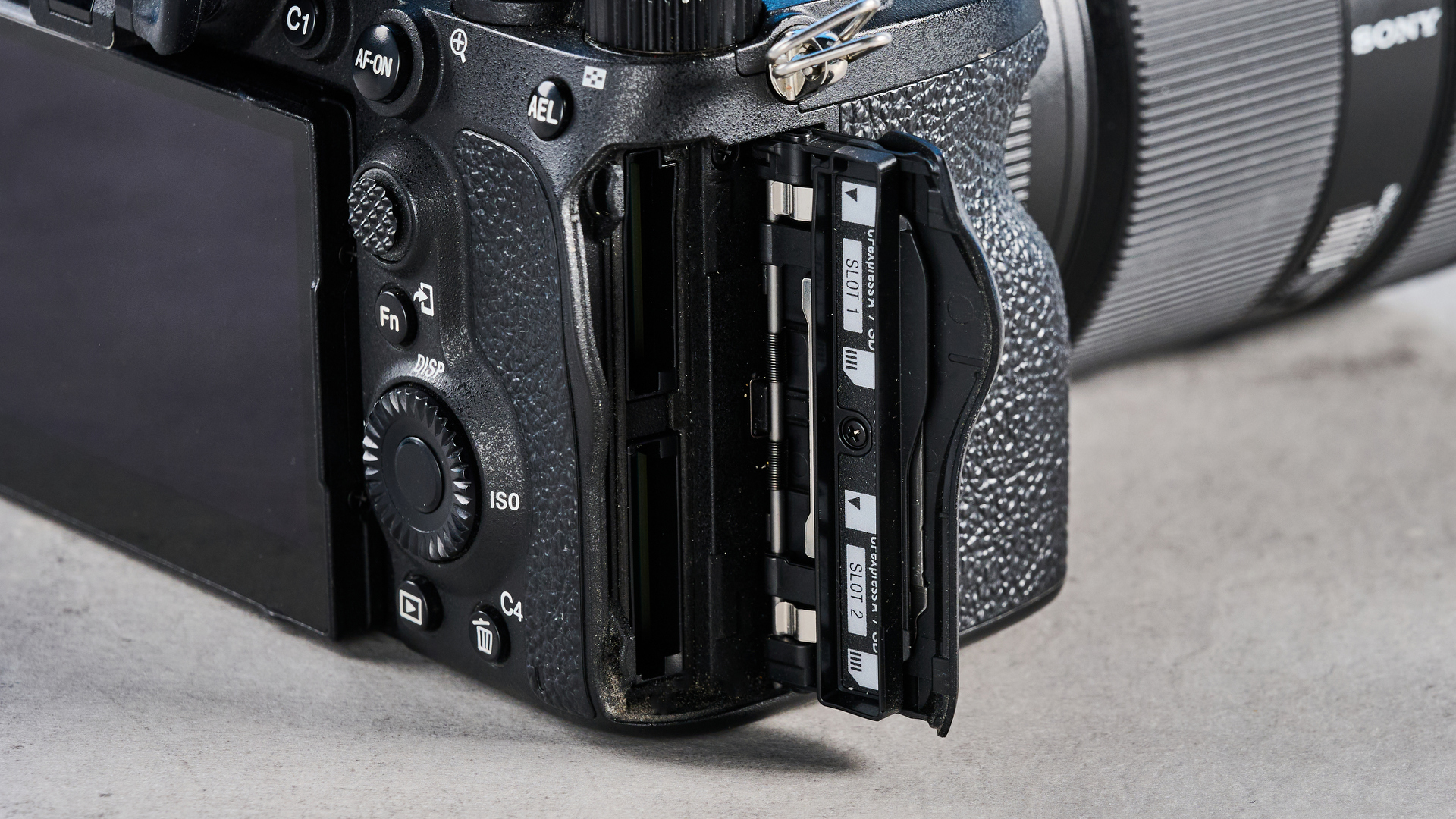
The Sony A7R V features dual multi-slot ports, which can accept CFExpress Type A or SD/SDHC/SDXC UHS-I/II cards. CFExpress Type A is better than SD alone, offering faster write speeds, which is especially useful for continuous drive shooting and 4K video.
The EOS R5 Mark II, Nikon Z6 III ($2,499) and Panasonic Lumix GH7 ($2,199) support CFExpress Type B cards, which are (generally speaking) better: they’re larger and faster, thanks to more connection points, and are better for fast continuous drive rates and 8K video. You can often use CFExpress Type A cards in a Type B slot with an adapter, but not the other way round.

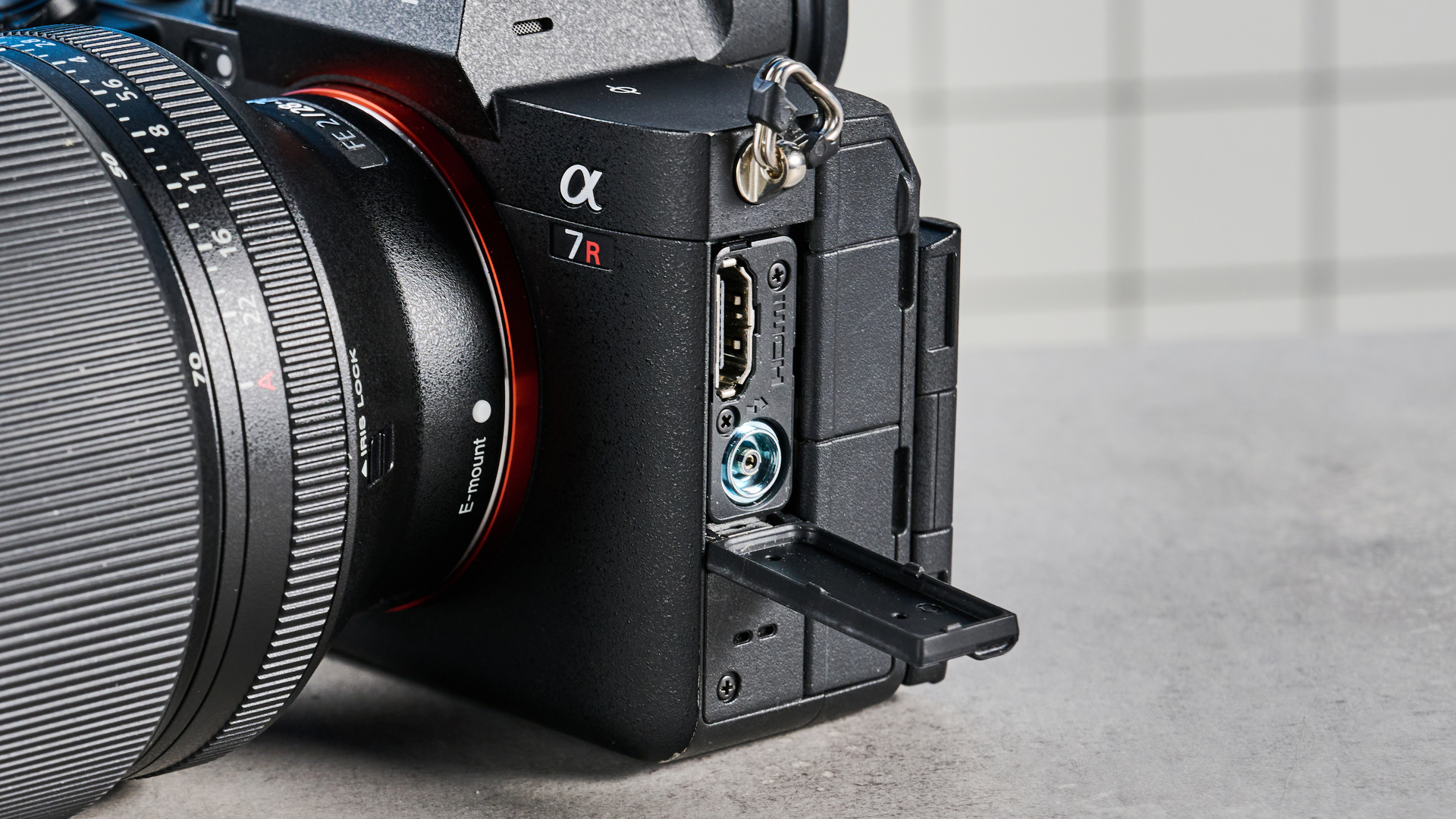
The A7R V also features a full-size HDMI port, plus USB-C, Micro-USB, headphone, mic and flash sync ports. There’s the hot shoe up top, too, of course. All in, it’s very well equipped for hooking up accessories, especially for video shooting.
Weather-sealing

Sony makes no claims about the A7R V being weather sealed on its specs sheet. Paired with a weather sealed lens, you’ll be fine in light rain, though. I took the A7R V on a mountain hike, the latter part of which was in misty and rainy conditions — and the camera was fine.
Sony A7R V review: Autofocus performance
The Sony A7R V’s autofocus is rapid, accurate and intelligent. There are tracking modes for people, animals, birds, cars, trains and planes, and the camera has no issues detecting and locking onto dogs, birds and vehicles. At this price, it would be nice to have an automatic detection mode to remove the need to switch between separate modes, as you’d find on the Canon EOS R5 Mark II, but that’s a minor gripe.


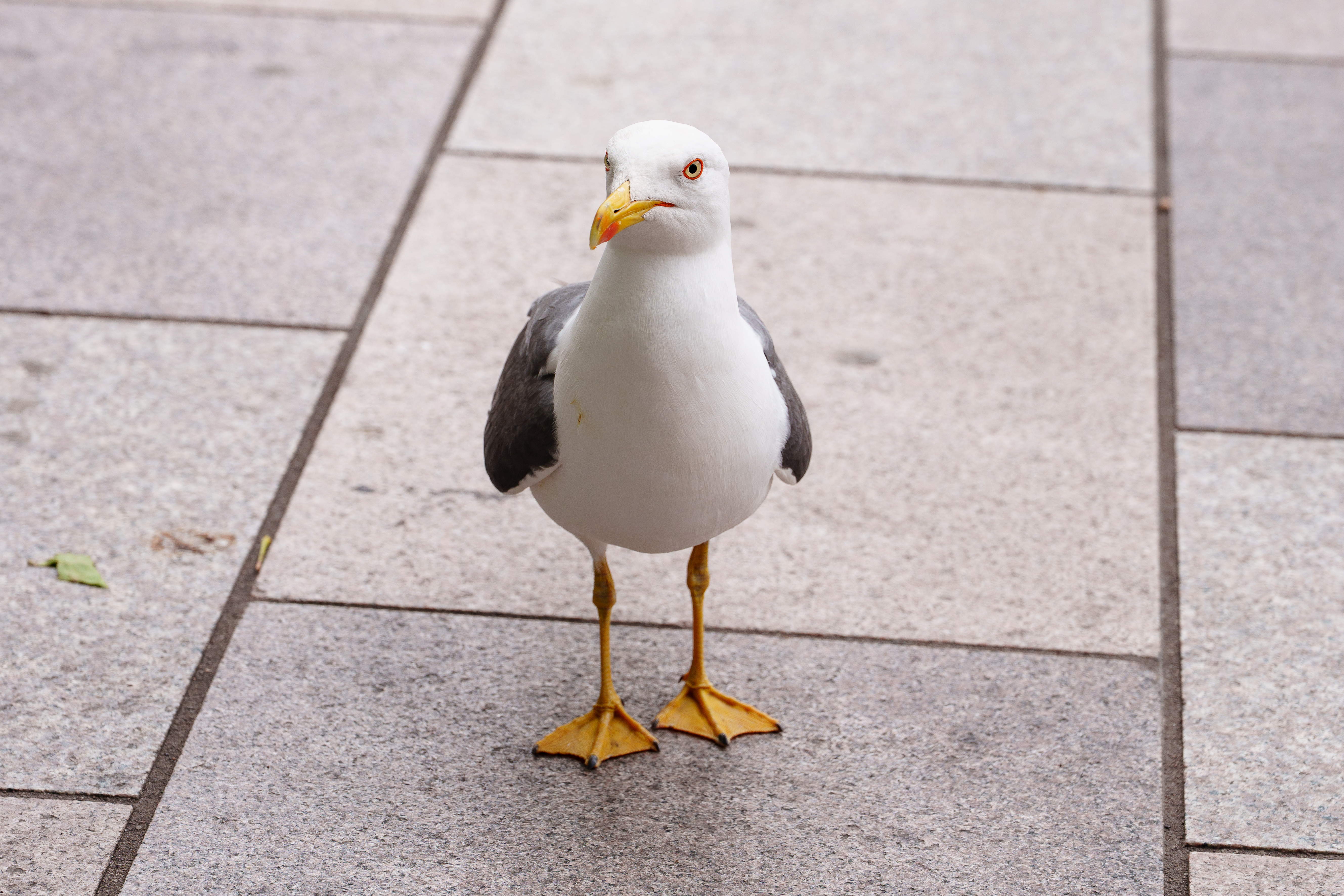
For humans and most animals, the A7R V’s detection is simply epic, and never misses a trick. In the human and animal portraits above, the A7R V detected and locked onto eyes tenaciously.
The hybrid AF’s contrast detection (better for slow moving targets) is particularly impressive. I always test AF systems on my ex-racing greyhounds, who have black eyes on black fur — so low contrast targets. They often present a challenge to AF systems.
The A7R V, for the most part, detected their eyes easily and reliably, despite the low contrast. In the dynamic range test later in this review, it had no problem locking onto the lens despite it being entirely black — again, often a sticking point for many cameras I test.
I started to have issues when my dogs moved, though, as the A7R V's phase detection (better for moving targets) isn’t quite as impressive. Photographing my dogs running, the A7R V wasn’t able to get a single shot in perfect focus, from around 100 high-speed drive frames. The phase detection simply wasn’t able to keep up with the moving dogs, often focusing before or behind their faces, around the end of the dogs’ noses or their collars. I had these exact same problems with the A7CR, which uses the same sensor, processor and AF system.
Admittedly, this isn’t a sports and wildlife camera, so if you’re photographing wildlife and animals, I’d recommend the Sony A1 II, or the Canon EOS R5 Mark II, whose AF never skipped a beat.
The continuous AF works extremely well for video. Using the GM 28-70mm F2, a quick-focusing lens, you can see just how quickly and effectively the camera shifts focus in the coffee shop footage in the video section below.
Sony A7R V review: Stabilization
The Sony A7R V features up-to 8-stop IBIS, which is effective down to around 1 sec, although the hit rate of passable shots drops to around 50% here.
The image above was shot at 1 sec, and as you can see, the masonry in the center of the image is still fairly sharp and almost blur free. It’s definitely passable, unless pixel peeping.
Obviously, it’s much safer shooting at around 1/5-1/10 sec, where the hit rate of sharp shots is much higher. For comparison, the Sony A1 II achieved sharp shots down to a whopping 2 secs in our testing.
Obviously, IBIS is also extremely handy for video, keeping everything stable in the panning footage above.
Sony A7R V review: Image performance
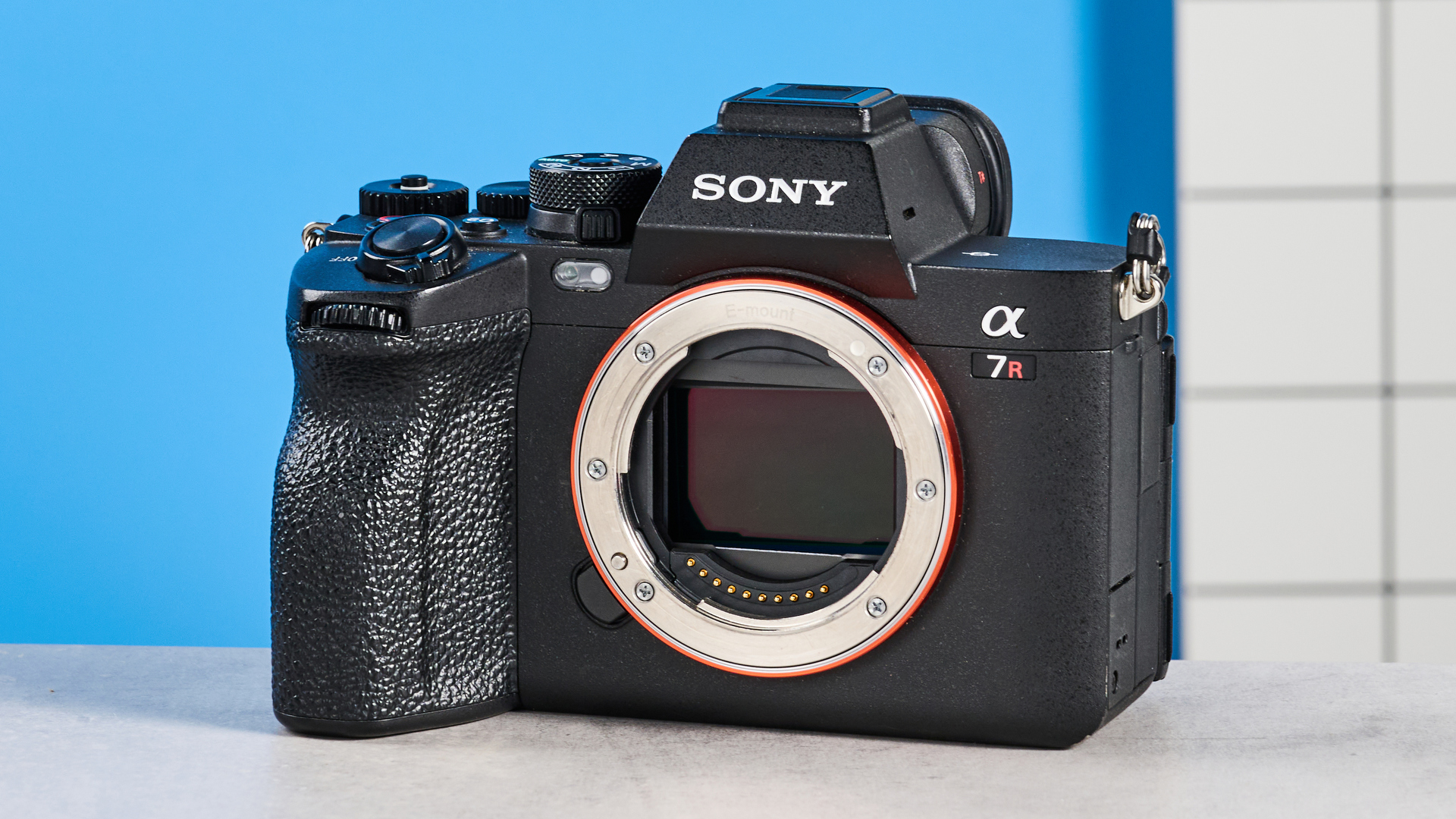
The Sony A7R V’s standout feature is its 61 megapixel full frame sensor which produces images with huge amounts of detail. Naturally, you’ll want to use great glass to get the most of this, like the ultra-sharp GM 28-70mm F2 lens I tested.
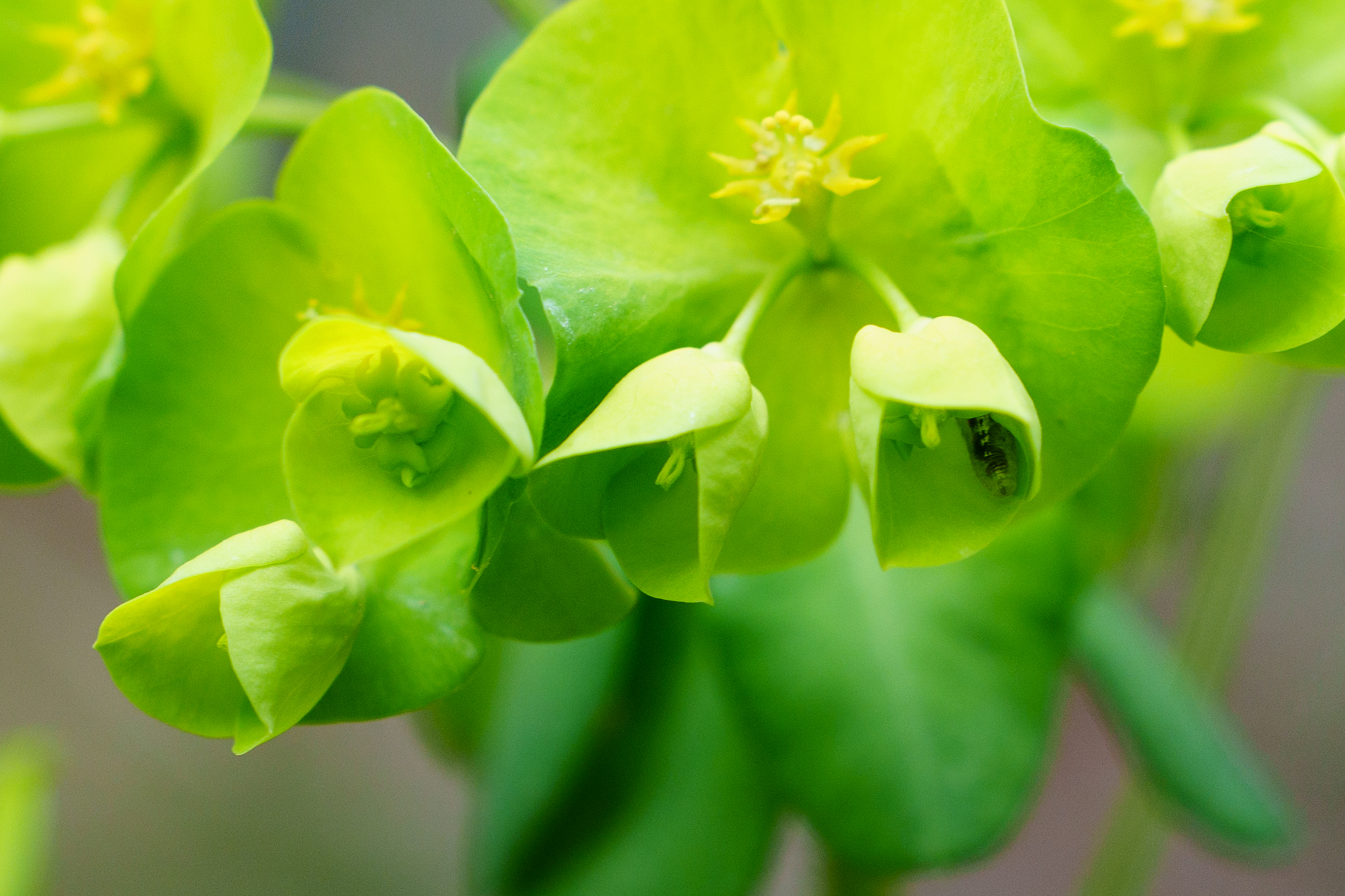

61MP gives you plenty of resolution for extreme cropping. The first image in the gallery below is a crop into the second. Despite such a heavy crop, there is still lots of fine detail left in the first image. The folds of the green petals are still sharp, and you can clearly make out a caterpillar tucked into the flower.
Color rendition in the standard profile is extremely good, but even the Vivid profile feels relatively natural and not too saturated.
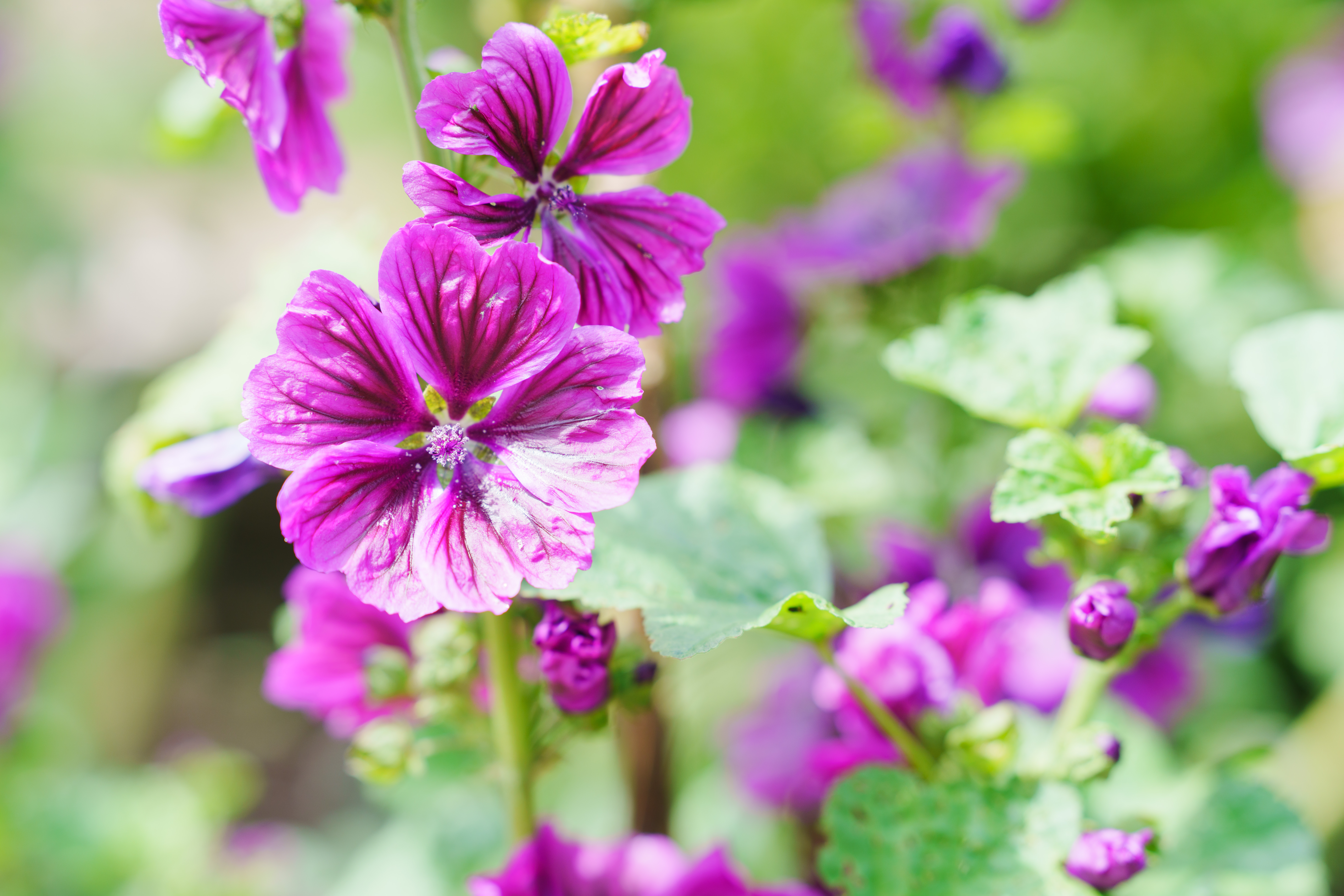
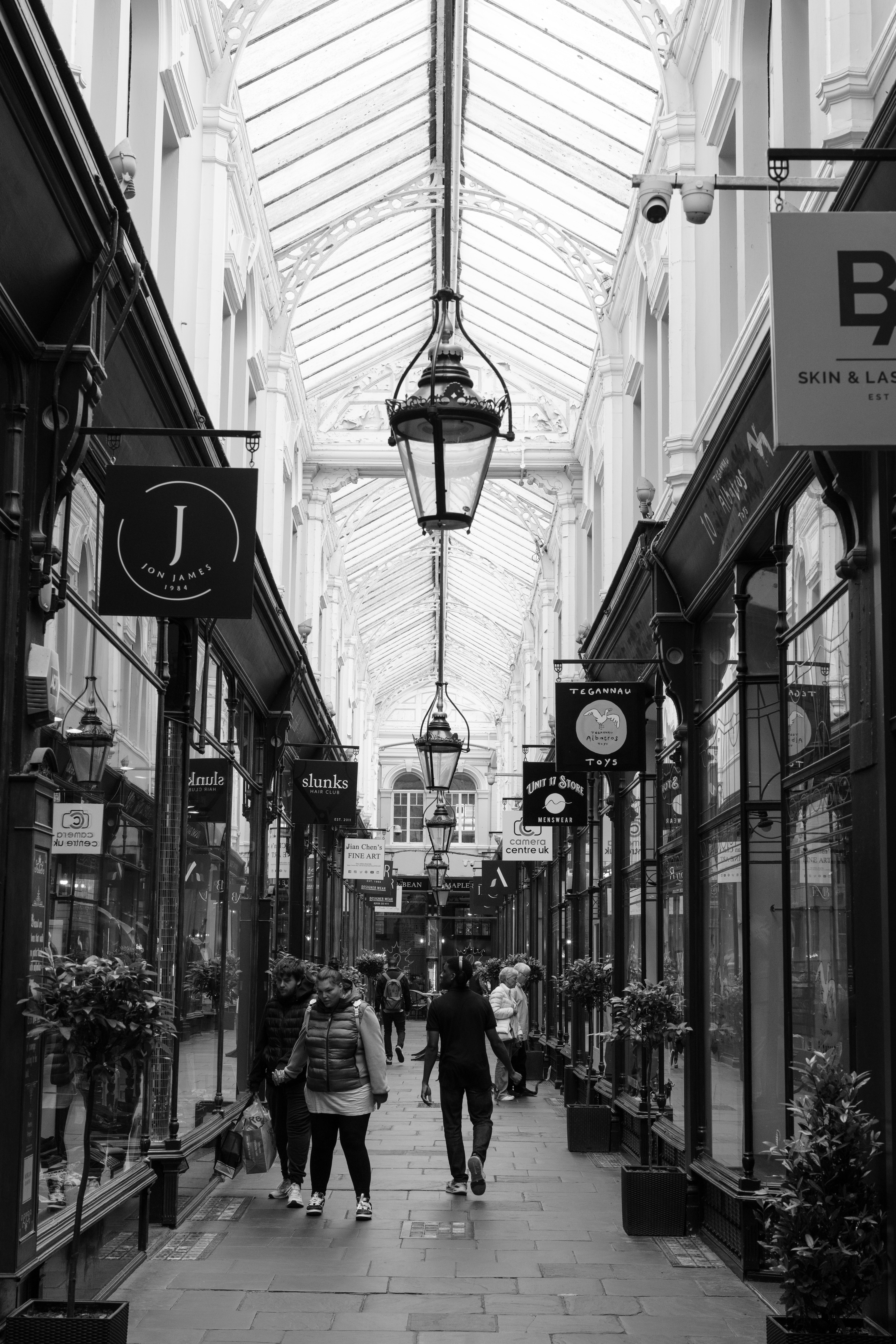
There are a range of color profiles available, which can be adjusted (contrast, saturation, etc), although these are a little mundane compared to the film simulation profiles on Fujifilm. But of course, this is less important to professionals, and if you’re shooting in RAW, you can color grade in post anyway.
On that note, the A7R V shoots RAW in 14-bit color, for a color gamut of 4.39-trillion distinct shades, giving you greater flexibility and command of color in post.
High speed performance
The A7R V is a moderately quick camera, shooting at 10fps in its ‘Hi+’ maximum continuous drive mode. Using UHS-II Lexar Professional SD Cards, the A7R V sustained this rate for nearly 3.5 seconds before buffers filled, for 34 frames in simultaneous uncompressed RAW + JPEG Fine quality.
Using CFExpress Type A cards, which have faster write speeds than SD, you can expect around 8-9 seconds in RAW + JPEG, or in the region of 80-90 shots.
This is strong performance given the resolution on offer, although this isn’t a high speed camera. For ultimate high speed performance, I’d recommend the Sony A1 II, which shoots at 30fps, or the Sony A9 III, which shoots at an insane 120fps.
ISO performance
High ISO performance is very strong — this sensor can mix it with the medium format cameras like the Fujifilm GFX100S II ($4,999) in terms of cleanliness above ISO12,800.
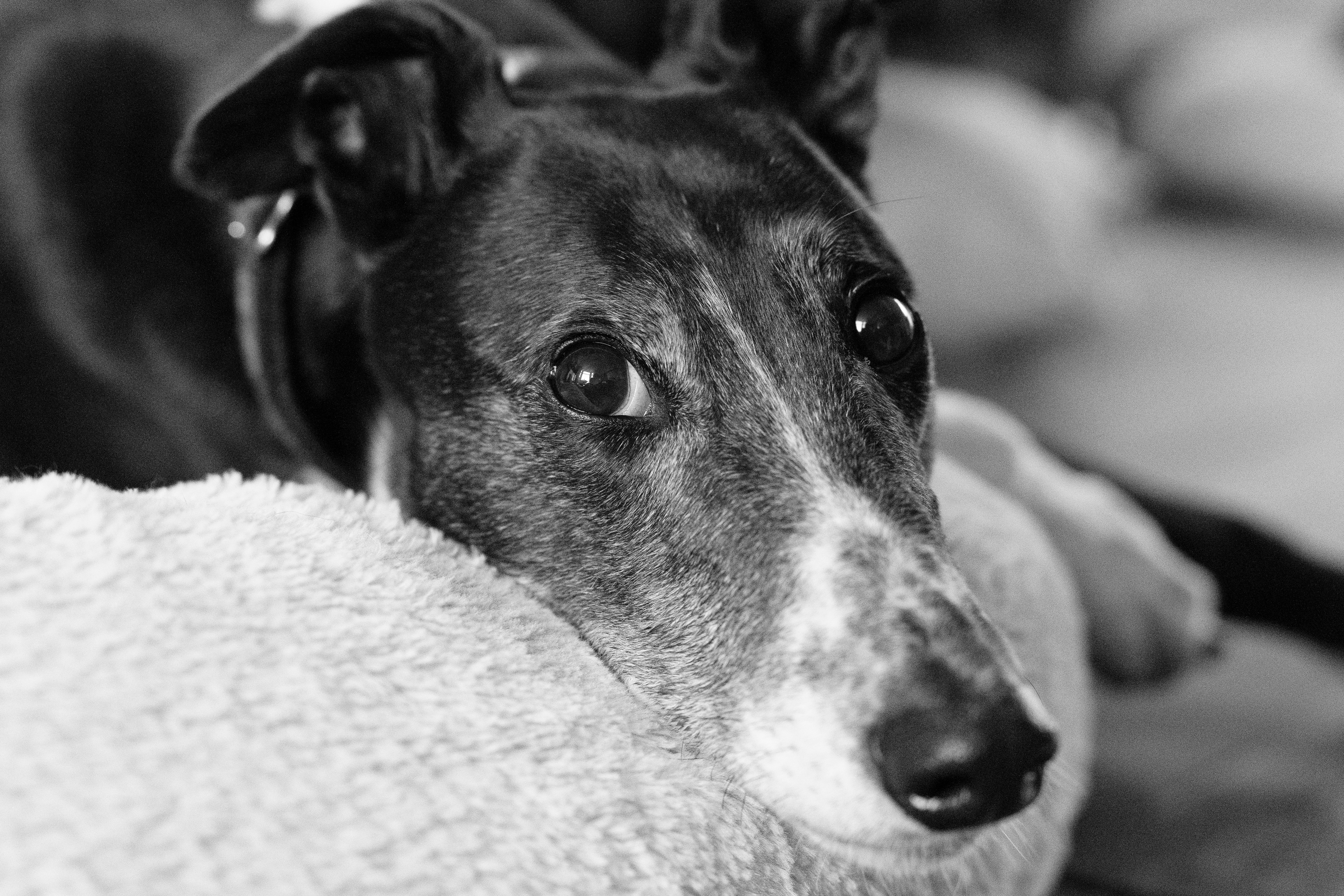
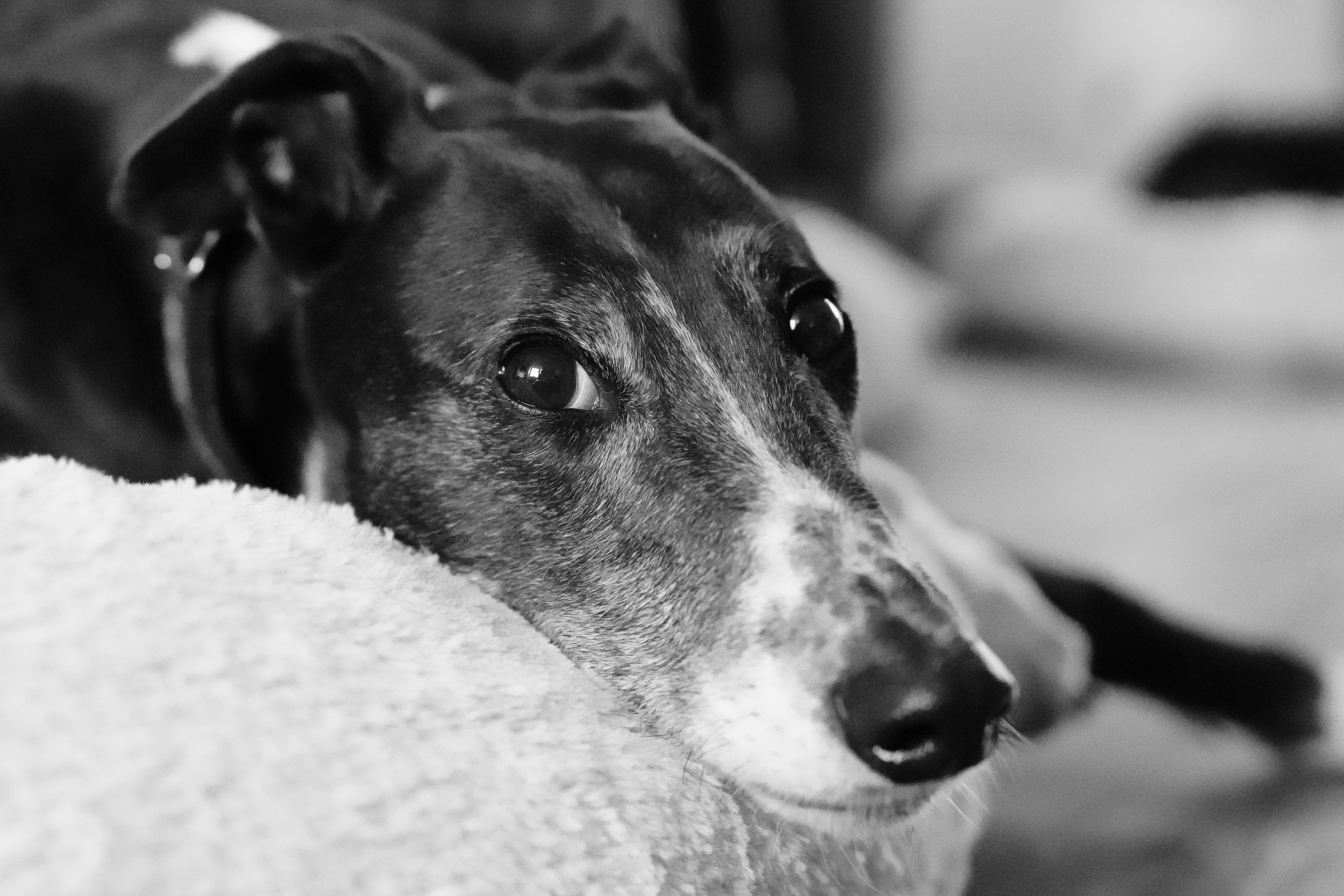
The two images above are the same, shot at ISO12,800 with noise reduction at the default standard setting. The first is the RAW file, exported as JPEG in Adobe Lightroom Classic. The second file is the straight out of camera (SOOC) JPEG. The RAW file was in very good shape, with noise visible but not destructive. The JPEG is a little more smoothed than I’d have liked, resulting in a watercolor effect.
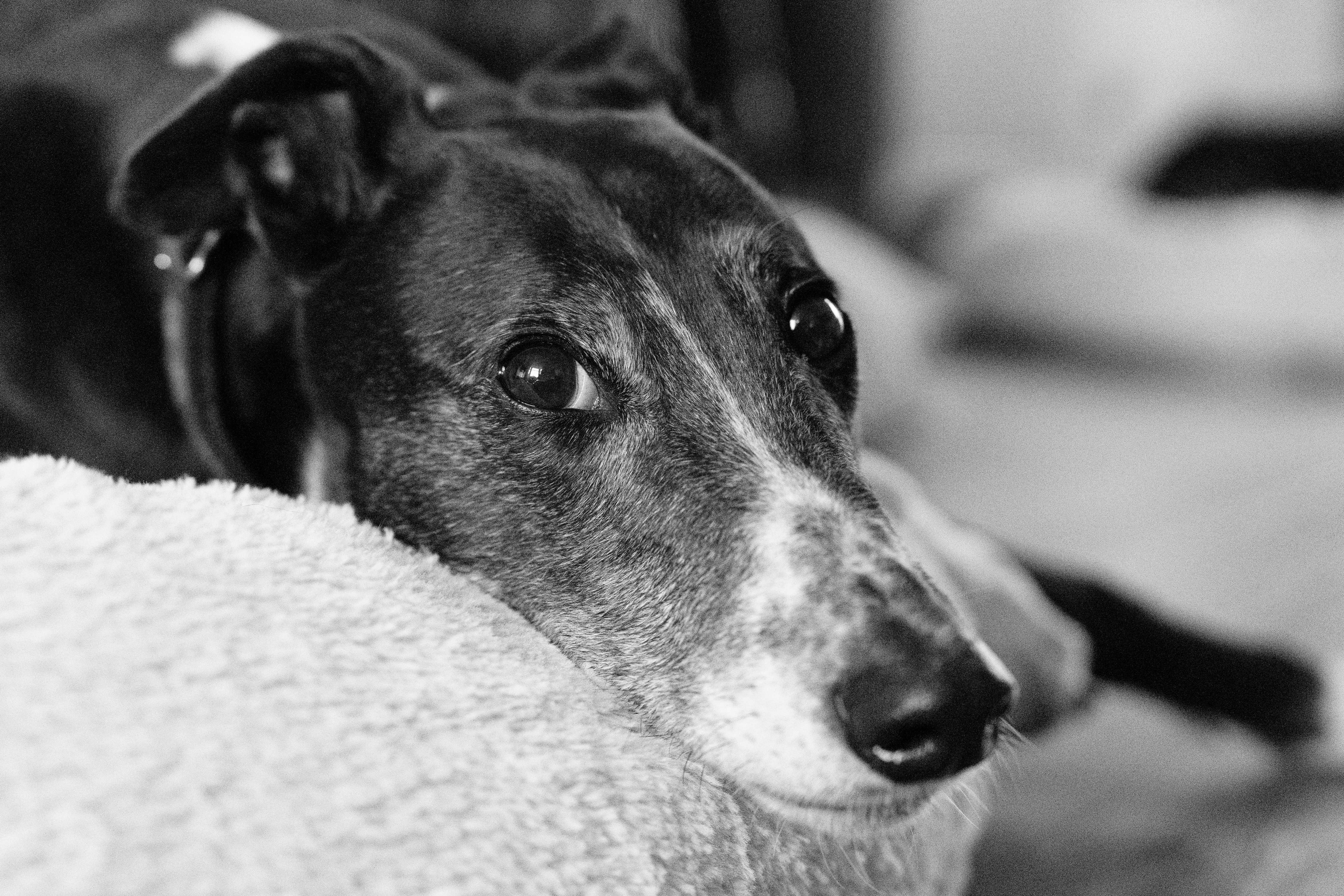
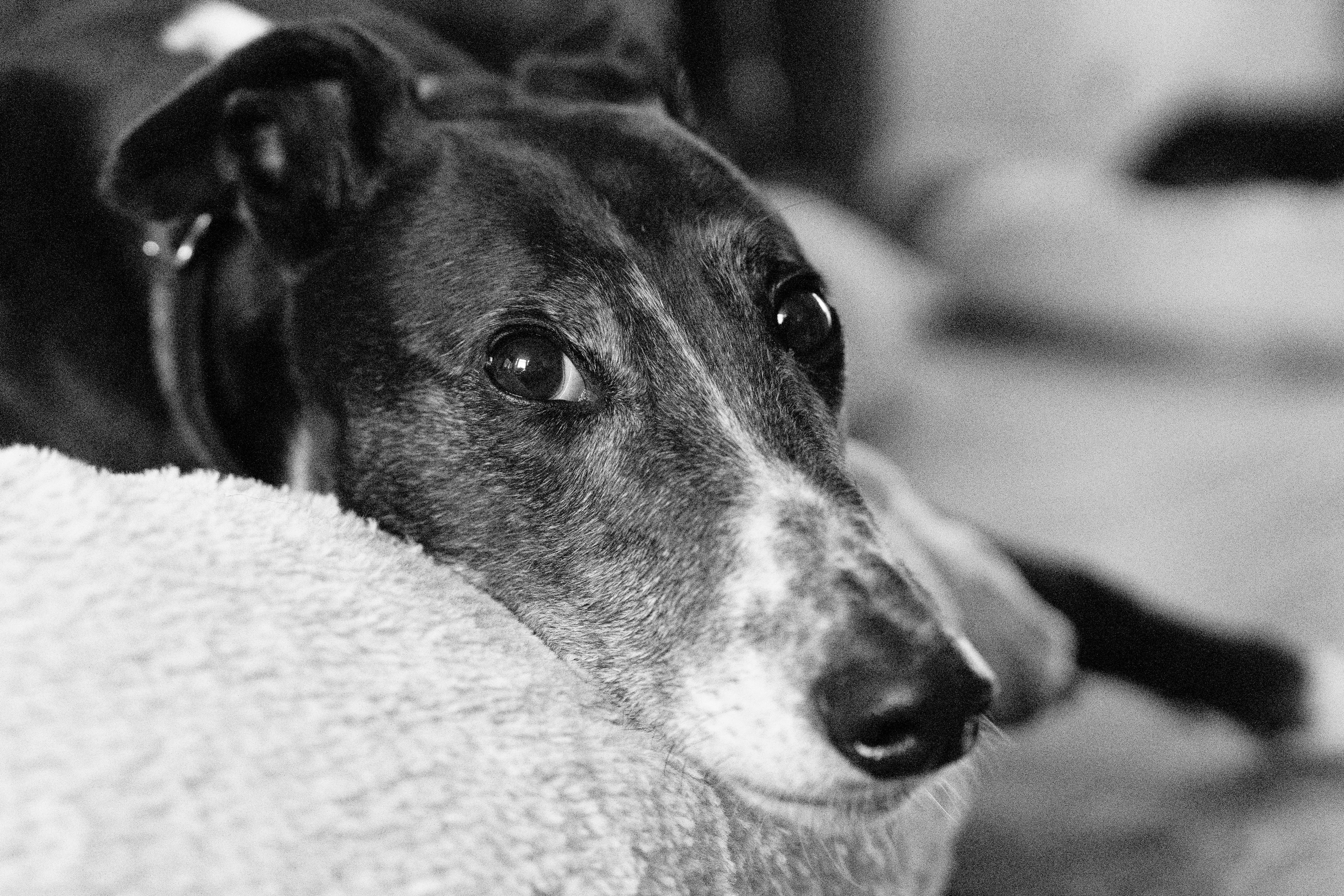
Step up to ISO25,600 and ISO51,200, and it’s more of the same story. Above are exported RAW files at those sensitivities. Noise is obviously visible in both, but only really gets problematic at ISO51,200 — and even then, it isn’t totally destroying the shot.


Above are the SOOC JPEG files of the same images. Again, the smoothing effect of the standard noise reduction results in a loss of sharpness and a watercolor effect, especially at ISO51,200. I would simply apply noise reduction in post using the RAW file, although if you are using JPEGs, I would set the camera’s high ISO noise reduction to its lowest setting. I certainly wouldn’t have wanted it any higher than the default setting.
Dynamic range
Sony’s full frame sensors usually offer strong real-world dynamic range performance, and the A7R V is no exception, performing exceptionally well in the test below — an image of a backlit lens, taken at the lowest native sensitivity of ISO100, in multi-metering mode.
The subject was backlit, with bright sunlight coming through the window in the background. The camera has captured the dark shadow tones, all the way up to the bright light background through the window, keeping the blue tones of the sky without blowing the highlights out.
In the second shot, where the shadows have been lifted, there is also lots of detail retained in the shadows, with minimal noise.
Sony A7R V review: Video performance
The A7R V is intended to be a capable hybrid performer, and as such features some fairly meaty video credentials. 8K/24p recording is supported internally in compressed XAVC HS 4:2:0 10-bit. 8K can be sustained for 30 minutes, according to Sony, thanks to a heat dissipating design.
4K can be shot in XAVC HS or the lighter XAVC S codec, at up to 60p, 4:2:2 10-bit, using the full sensor readout. There’s also a Super35 crop mode, for extra reach when using full frame lenses, or to crop internally for use with S35 cine lenses. However, S35 mode is capped at 30p.
There are a range of Picture Profiles (separate to color profiles), including S-Cinetone for cinematic graded footage straight out of camera, plus gamma correction profiles and S-Log 3 for wide dynamic range capture.
The only internal recording formats are XAVC S/HS, which are compressed — essentially, there’s no internal RAW as you’ll find on video-first cameras like the Panasonic Lumix S5IIX ($2,199) and Panasonic Lumix GH7, or indeed the Nikon Z8, which can shoot N-RAW in up to 8K/60p internally.
All that said, the A7R V isn’t a video-first camera, so I can forgive it. And besides, external recorders exist.
Sony A7R V review: Battery life
The A7R V utilizes Sony’s NP-FZ100 battery, just like every other Alpha 7 camera since the A7III. It’s a decent battery, usually, although it’s pushed to its limit with the A7R V’s power-hungry 9.44M-dot EVF. Sony rates the battery for 440 shots (CIPA testing standards), which is more or less spot on.
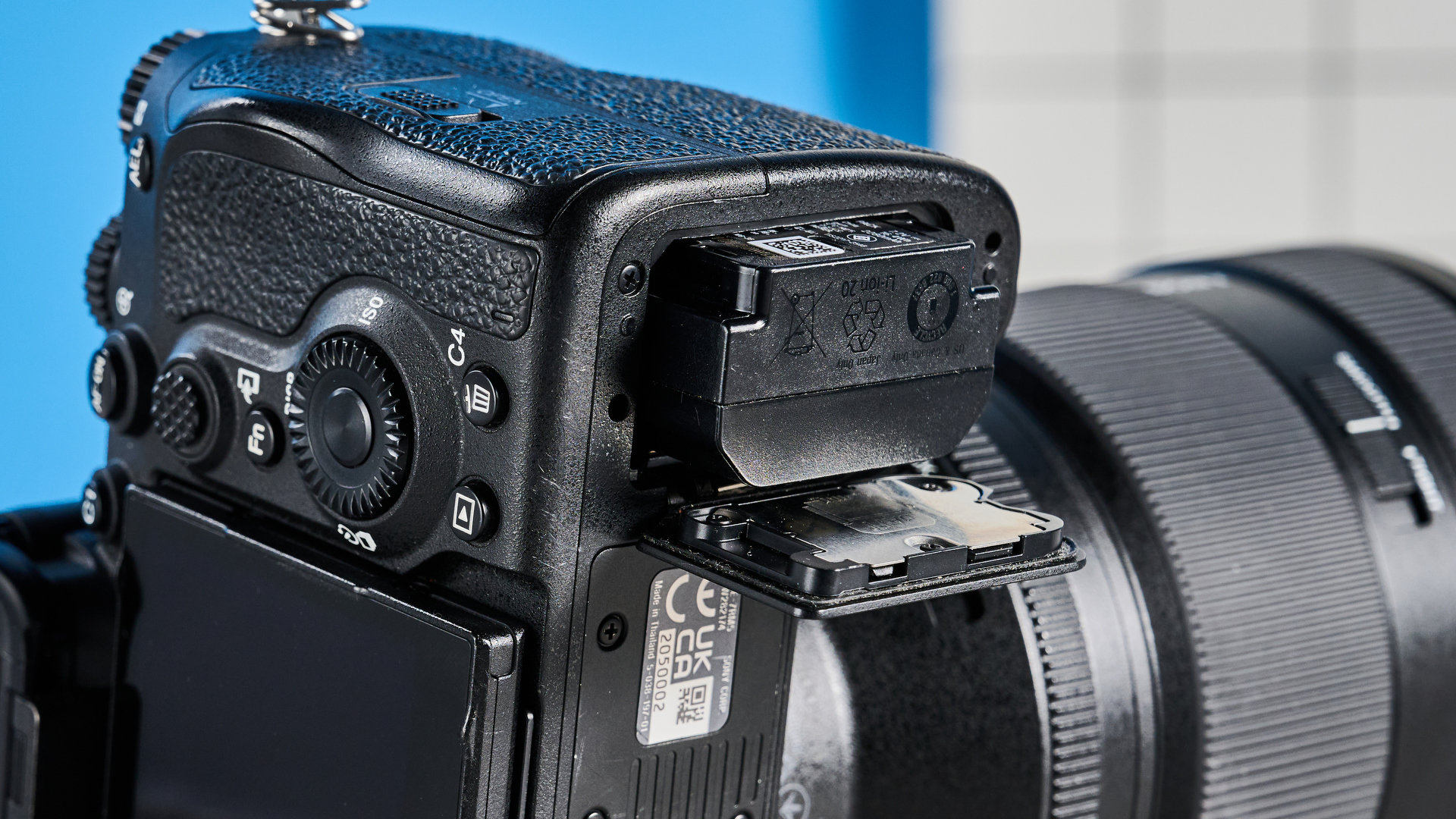
I achieved around 410 shots from a full battery, using the screen and EVF constantly for shooting and playback. I also shot several video clips in 4K/60p, and did a fair amount of tinkering with settings. If you were nursing it, there’s no reason you can’t expect upwards of 500 shots from a charge.
This is stronger performance than the EOS R5 Mark II, which is only rated for a puny 340 shots. The Sony A1 II, which features the same 9.44M-dot EVF, has similar battery life at 420 shots.
Annoyingly, Sony has clearly decided it doesn’t like aftermarket batteries. When I used my spare aftermarket NP-FZ100 batteries, I got constant warning messages — this was never the case with my previous Sony cameras. Very annoying.
Sony A7R V review: Verdict
There’s no doubt about it, the A7R V is an incredible mirrorless camera. Bags of resolution give shots incredible amounts of detail, while the sensor performs extremely well in regards to dynamic range and high ISO — combined with the camera’s effective IBIS, the A7R V is a great camera for low light work.

It handles well, with everything professional photographers could feasibly need, and enough heat in the video department to satisfy pro hybrid content creators, too.
The A7R V’s AF isn’t quite as sharp as in the EOS R5 Mark II, with some issues tracking animals. It’s pricey (although cheaper than the Canon) and the NP-FZ100 is stretched to its absolute limit by that power-hungry, but devastatingly gorgeous 9.44M-dot EVF.
Whether you buy the A7R V or the EOS R5 Mark II will realistically come down to existing investment in either system, and whether you need the RAW AF power of the Canon, or the extra megapixels of the Sony.
Regardless, I’ve shot with my fair share of Sony cameras, and the A7R V is easily the best.

Peter is a Senior Editor at Tom's Guide, heading up the site's Reviews team and Cameras section. As a writer, he covers topics including tech, photography, gaming, hardware, motoring and food & drink. Outside of work, he's an avid photographer, specialising in architectural and portrait photography. When he's not snapping away on his beloved Fujifilm camera, he can usually be found telling everyone about his greyhounds, riding his motorcycle, squeezing as many FPS as possible out of PC games, and perfecting his espresso shots.
You must confirm your public display name before commenting
Please logout and then login again, you will then be prompted to enter your display name.

